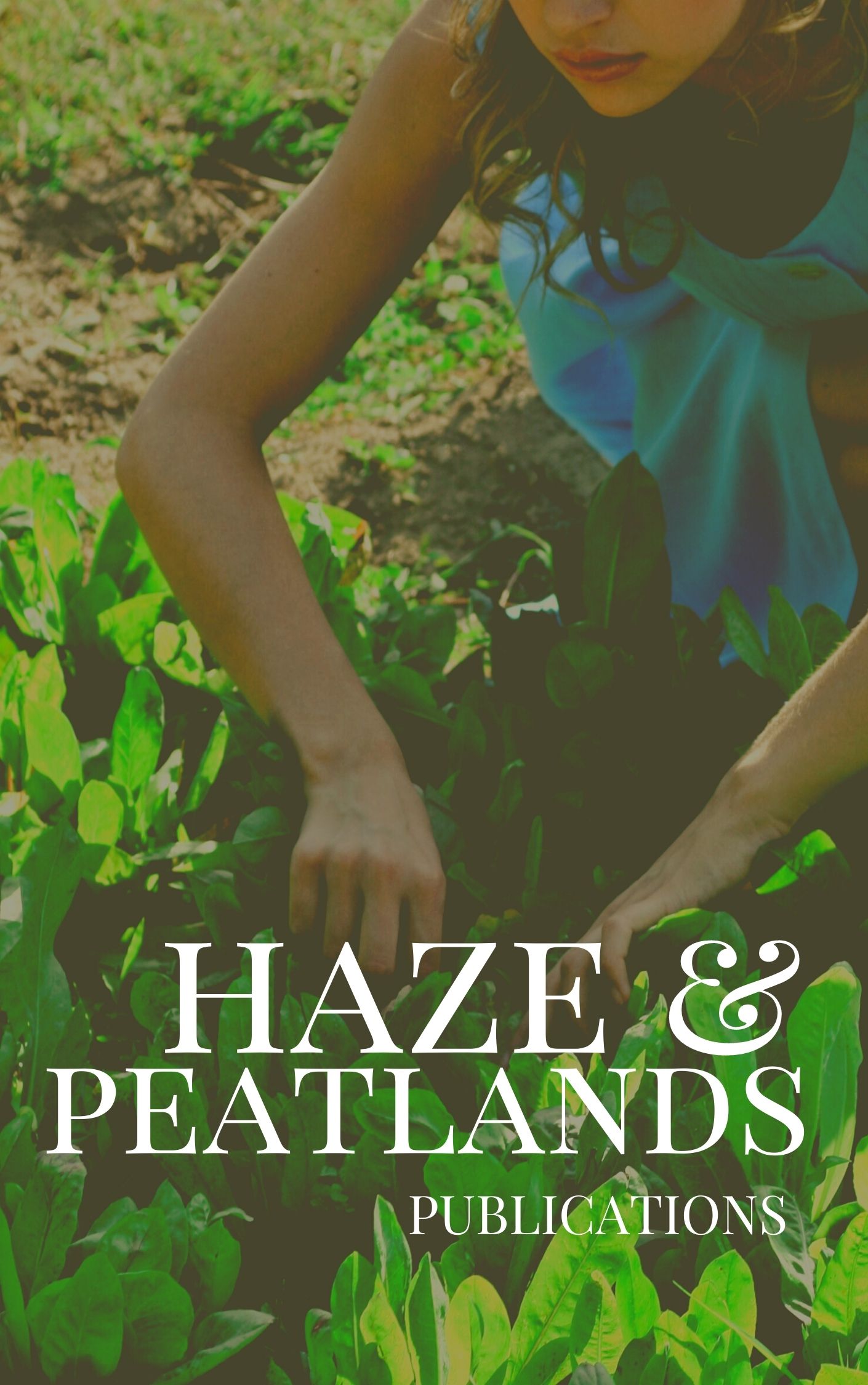This study aims to determine the main limiting factors in agricultural development on peat lands and the agricultural input to improve it. The study was conducted in peat land of the Sriwijaya Botanical Gardens, Bakung Ogan Ilir Village, South Sumatra, Indonesia. A detailed survey was designed based on a map scaling of 1: 5,000 and analyses of peat samples were carried out in the Soil Science Department Laboratory of Sriwijaya University. The Soil Map Unit (SMU) was then generated based on peat depth and its maturity. The indicator of agricultural food crops is corn. The results showed that the maturity of the peat was dominated by sapric, the depth was divided into two classes, namely 1.5-2m and >2m. The actual land suitability of the site was unsuitable (Nrc, nr) with the limiting factors, i.e. nutrient retention and root media. The limitation of nutrient retention was on low soil pH and low potassium. Whereas, Nitrogen and Phosphorus content were considered as high and medium. By giving agricultural input, the potential land suitability class improve to S3rc (less suitable) with the limiting factor including peat depth. There were some areas considered as permanently unsuitable (Nrc) due to peat depth. Drainage control is essential management to ensure crop water availability.
View source

